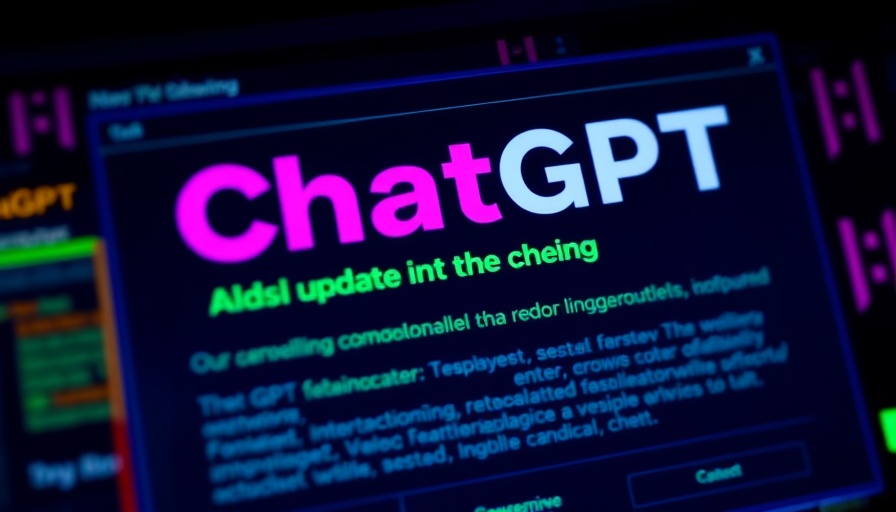
The Phenomenal Rise of ChatGPT
Launched in November 2022, ChatGPT has quickly transformed from an experimental writing tool into a global phenomenon, with over 300 million weekly active users as of 2024. Its capabilities, initially focused on drafting essays and generating code, have expanded dramatically due to ongoing updates and enhancements from OpenAI.
Significant Advances in 2024
The year 2024 marked a pivotal period for OpenAI, highlighted by key partnerships and technological innovations. The collaboration with Apple for the new generative AI offering, Apple Intelligence, signifies a strategic push into new markets. Alongside this, fans eagerly awaited the release of GPT-4o, which introduced voice capabilities. Furthermore, the anticipated Sora text-to-video model promised to redefine content creation, making it more accessible to everyday users.
The Challenges Ahead
Despite its successes, OpenAI encountered significant challenges throughout the year. Internal turmoil was evident with the exits of high-level executives, including co-founder Ilya Sutskever. Legal hurdles also surfaced, with lawsuits claiming copyright infringement and efforts by Elon Musk to halt the company's transition to for-profit. These developments have led to public discussions around AI regulations, underscoring the industry's growing pains as it moves into uncharted territory.
The Competitive Landscape: OpenAI vs. Chinese Rivals
As we entered 2025, OpenAI faced increasing competition from Chinese tech companies, particularly DeepSeek, raising concerns over its market dominance. In an effort to regroup, OpenAI has sought to strengthen ties with political leaders in Washington while also advancing ambitious projects, including an expansive data center initiative. This strategic focus reflects an awareness of the growing geopolitical stakes involved in AI advancements and the importance of maintaining leadership in this pivotal sector.
Feature Updates and Enhancements in ChatGPT
The ongoing evolution of ChatGPT is marked by a series of exciting updates. Notably, the introduction of features for remembering previous conversations allows the chatbot to provide more personalized and contextual responses. This capability, currently rolling out to premium subscribers, shows OpenAI's commitment to improving user experience.
Moreover, ongoing developments like watermarking capabilities for images produced via ChatGPT highlight OpenAI's attention to ethical considerations in AI usage, ensuring transparency in generated content, a vital step for developing trust among users and stakeholders alike.
AI Accessibility and User Engagement
In an encouraging move, OpenAI announced that its subscription service, ChatGPT Plus, would be free for college students in the U.S. and Canada until the end of May 2025. This initiative aims to democratize access to advanced AI tools, allowing millions of students to benefit from enhanced features and technologies. The growing community of ChatGPT users has already generated over 700 million images, demonstrating the platform's versatility.
What Lies Ahead for OpenAI and ChatGPT?
The future of OpenAI appears dynamic and full of potential. With the anticipated launch of models like GPT-4.1 and various smaller versions, the company is poised to continue enhancing its offerings. As the industry watches closely, experts predict significant advancements in AI capabilities across multiple sectors, from education to entertainment, creating a wave of exciting opportunities for innovation.
Conclusion: Staying Informed in the Tech Landscape
As technology continues to advance rapidly, staying abreast of developments such as those surrounding ChatGPT is essential for users, businesses, and policymakers alike. Understanding the implications and opportunities presented by AI tools can help individuals make informed decisions that reflect the changing landscape of tech and innovation.
 Add Row
Add Row  Add
Add 



Write A Comment